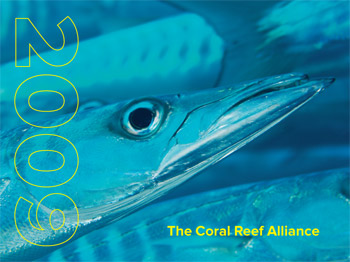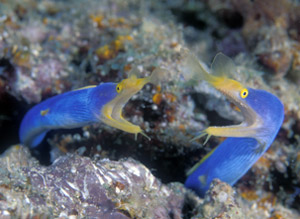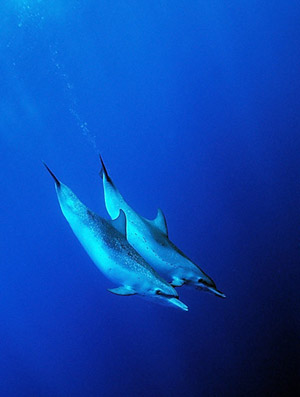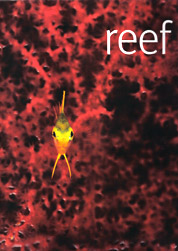The world of underwater photography and video has never been more dynamic. As still photography and video begin to converge, and software for processing and archiving digital content gets more powerful, photographers need to stay informed. That's our goal: to keep you apprised of the latest developments in the field, while celebrating the beauty of our underwater world and our collective quest for new and better images. Our mission is dedicated to the art and science of underwater still and video photography. Thanks for diving in. — Stephen Frink
2009 Scuba Diving Magazine Photo Contest
Got a good eye for underwater photography? It could take you to Wakatobi Resort in Indonesia if you are the Grand Prize winner of the 2009 Scuba Diving Magazine Photo Contest. (Grand Prize courtesy of Wakatobi and Reef & Rainforest.) You can compete for prizes in four categories: Macro, Topside, Marine Life and Wide-Angle. Other prizes include a live-aboard trip for two aboard the Caribbean Explorer II, a dive trip for two to Fort Young Hotel in Dominica, a dive trip for one on Aqua Cat Cruises in the Bahamas, a dive trip for two to Habitat Curacao, UWATEC Aladin Tec 2G wrist computer, Atomic Aquatics B2 regulator, Dive Rite 3000 regulator, Spare Air package and cases by Storm Case.
www.scubadiving.com/2009photocontest
Scuba Diving Ocean Imaging

Featuring twelve months of beautiful underwater photography, the 2009 CORAL calendar is our best one yet. We’ve got dueling Blue Ribbon Eels in January, an inquisitive Hawksbill Turtle in March, a thumbnail-sized Pygmy Seahorse in August, and a shockingly colorful Nudibranch in December.
Each month features an informative eco-tip to help you save coral reefs no matter where you live. And we've included details about CORAL's conservation work at our seven project sites around the world—including photographs of the local community members and partners that your generous donations support.
When you donate $35 or more to CORAL, we'll send you the 2009 CORAL calendar. If you would like to receive additional calendars to give as gifts to your friends or family members, please donate an additional $15 per calendar. Enter the total amount of your donation in the Donation Amount box and enter the total quantity of calendars you desire in the Total Number of Calendars box.
| If you donate: | We'll send you up to [X] calendar(s): |
| $35 | [1] |
| $50 ($35 + $15) | [2] |
| $65 ($35 + $15 + $15) | [3] |
| $80 ($35 + $15 + $15 + $15) | [4] |
| And so on... |


You can donate to receive as many copies of the calendar as you want while supplies last. To ensure that you receive your calendar(s) in time for holiday giving, please donate on or before December 1. And note that if you donate to receive five or more calendars, allow up to two weeks for delivery.
In order to save paper and ensure that more of your donations go directly to protecting coral reefs, we have only printed a limited number of calendars this year. We will stop shipping calendars when supplies run out. Please send your contribution right away to reserve your calendar(s) and to help protect the planet's coral reefs.
If you have any questions about donating to CORAL, please contact our membership department by email or by calling (415) 834-0900 x306.
Please donate now—and thank you for helping CORAL protect coral reefs.


 + Enlarge this image
+ Enlarge this image



 In the
In the  The Great Fiji Butterflyfish Count
The Great Fiji Butterflyfish Count 




